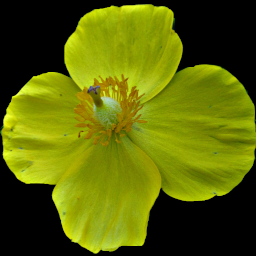 Cut-Leaf Toothworts are quite variable. The population in the Kane Woods Nature Area has mostly long-petaled flowers that tend to hang downwards, with very finely cut leaves. The population in Bird Park, as we see in these late-April pictures, has more regular flowers that face upward, with leaves less finely divided. Even there, however, the length of petals and the shape of the flowers varies over a wide range.
Cut-Leaf Toothworts are quite variable. The population in the Kane Woods Nature Area has mostly long-petaled flowers that tend to hang downwards, with very finely cut leaves. The population in Bird Park, as we see in these late-April pictures, has more regular flowers that face upward, with leaves less finely divided. Even there, however, the length of petals and the shape of the flowers varies over a wide range.
Gray puts the Toothworts in the genus Dentaria, and lists this one as Dentaria laciniata.
DENTARIA [Tourn.] L. TOOTHWORT. PEPPER-ROOT
Pod lanceolate, flat. Style elongated. Seeds in one row, wingless, the funiculus broad and flat. Cotyledons petioled, thick, very unequal, their margins somewhat infolding each other. —Perennials, of damp woodlands, with long fleshy sometimes interrupted scaly or toothed rootstocks, of a pleasant pungent taste; stems leafless below, bearing 2 or 3 petioled compound leaves about or above the middle, and terminated by a corymb or short raceme of large white or purple flowers. (Name from dens, a tooth.)
D. laciniata Muhl. Tubers deep-seated; stems pubescent above; cauline leaves 3, whorled or nearly so, the lateral leaflets deeply cleft, glabrous or pubescent, the segments linear to narrowly oblong, conspicuously gash-toothed; basal leaves, when present, similar; flowers white or purplish; calyx 6-9 mm. long; petals 1-2 cm. long. Rich damp woods, w. Que. and Vt. to Minn., and southw. Apr., early May.



One response to “Toothwort (Cardamine concatenata)”
[…] as the Cut-Leaf Toothworts (C. concatenata) are winding down, the Broadleaf Toothworts open up. They are not as common as the Cutleaf […]